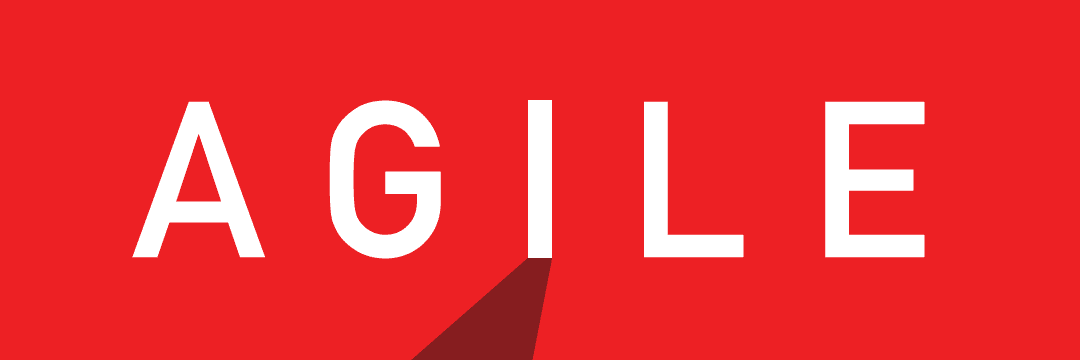Shapes and lines are two of the most basic elements of design. But despite their simplicity, they can have a profound effect on the overall look and feel of a design.
When used correctly, shapes and lines can add balance, contrast, and visual interest to a design. They can also be used to create a sense of movement, leading the eye from one element to another.
In this blog, we’ll take a look at how to use shapes and lines in your designs. We’ll also explore the power of these simple elements and how they can be used to create stunning visual effects.
- How to use shapes and lines in your designs
First, it’s important to understand the different types of shapes and lines that are available. The most common shapes used in the design are squares, rectangles, circles, triangles, and ovals. Lines come in a variety of forms, including straight lines, curved lines, diagonal lines, and more. Once you’ve familiarized yourself with the different shapes and lines, you can start to explore how they can be used in your designs.
You can use shapes and lines to create patterns and textures that are visually pleasing. They can also be used to lead the eye around an image or design, creating a sense of movement and direction within a design. Another way to use shapes and lines is to create emphasis and contrast. For example, you can use larger shapes and bolder lines to draw attention to certain elements in a design. By contrast, you can use smaller shapes and subtle lines to emphasize other parts of the design.
- The power of shapes and lines
Shapes and lines have the power to draw your eye to a particular area of a design and create a sense of focus. They can also be used to make a design look more balanced, which can help to create an aesthetically pleasing visual effect. In addition, shapes and lines can be used to create visual movement and direct the eye to certain elements of your design. Shapes and lines also have the power to convey certain emotions or create certain atmospheres. For example, curved lines tend to create a sense of relaxation and ease, while straight lines can create a sense of order and structure. By using the right shapes and lines, you can evoke specific feelings in your viewers.
- How to use them in your designs
The key to using shapes and lines in your designs is to experiment. Try different combinations and see what works. Think about how you can use shapes and lines to create movement and lead the eye to certain parts of the design. It’s also important to keep in mind that shapes and lines can be used to create emphasis and contrast. As mentioned earlier, larger shapes and bolder lines can draw attention to certain elements, while smaller shapes and subtle lines can create a sense of balance and harmony.
In conclusion, shapes and lines are powerful elements of design. They can be used to create contrast, movement, and visual interest. But most importantly, they can be used to create emphasis and draw attention to certain areas of a design. By experimenting with different combinations of shapes and lines, you can create unique and beautiful designs that are sure to capture the attention of your viewers.
